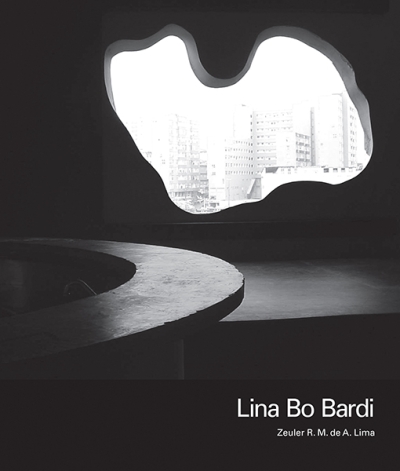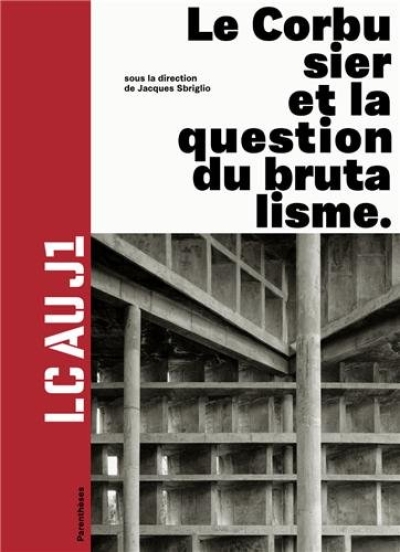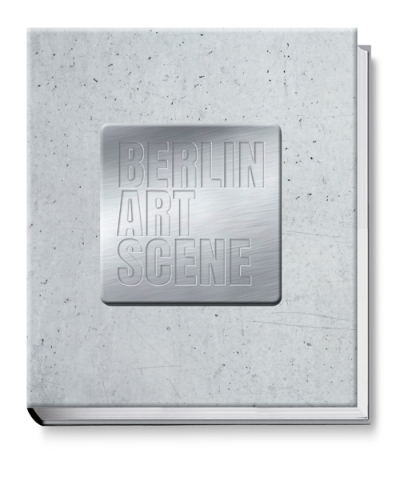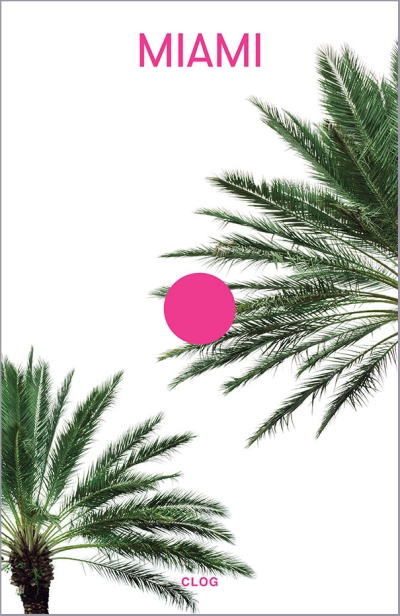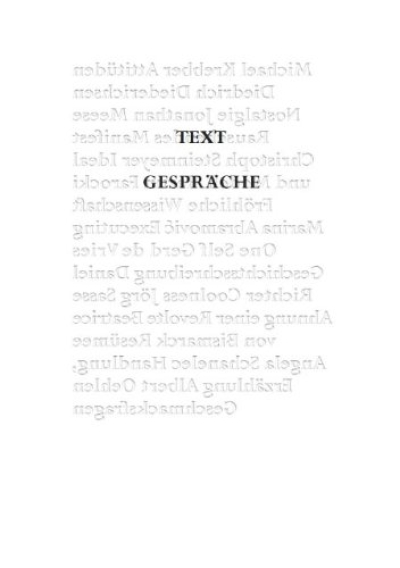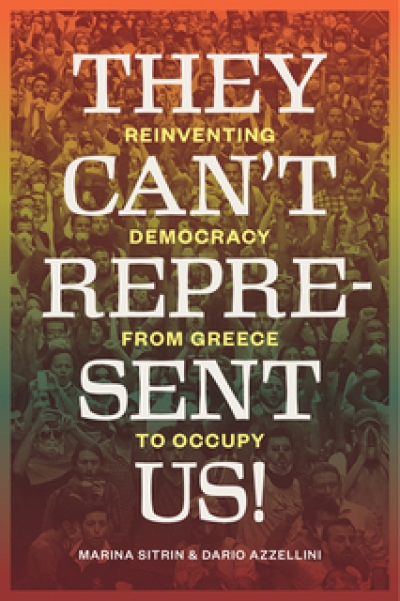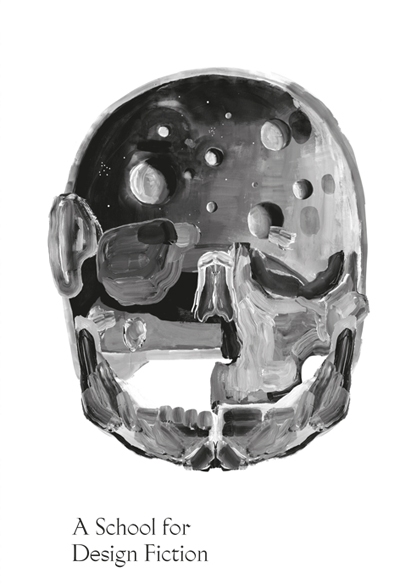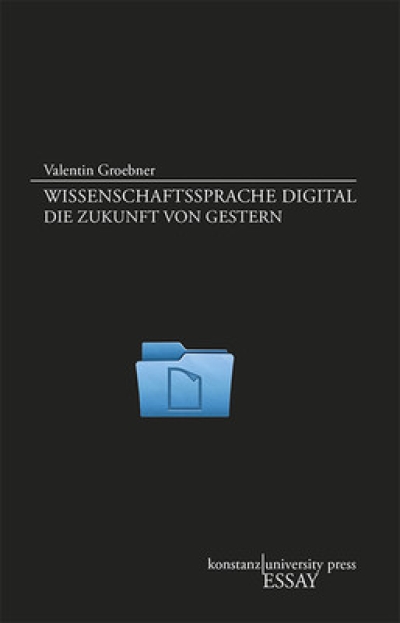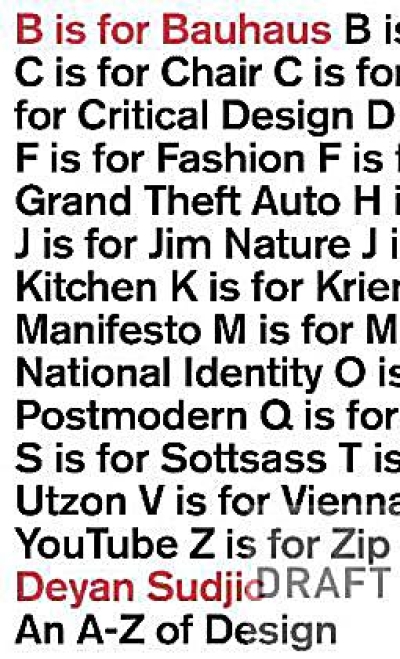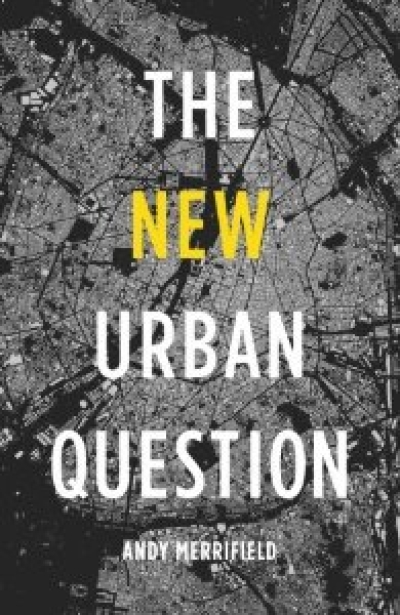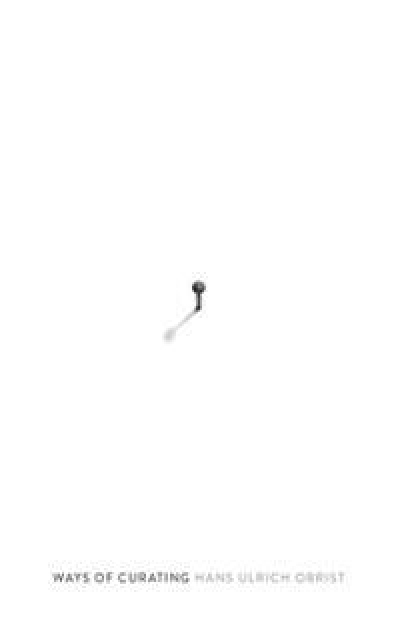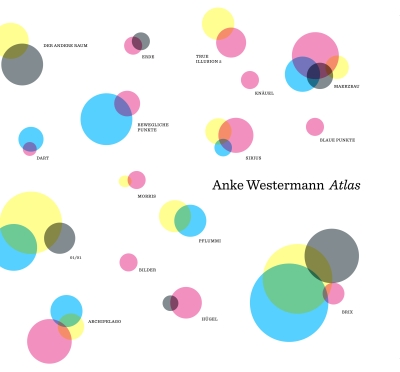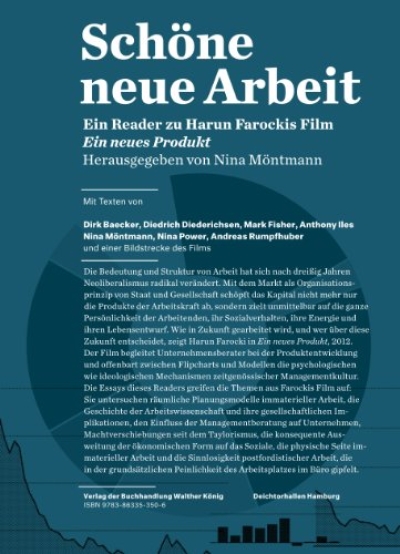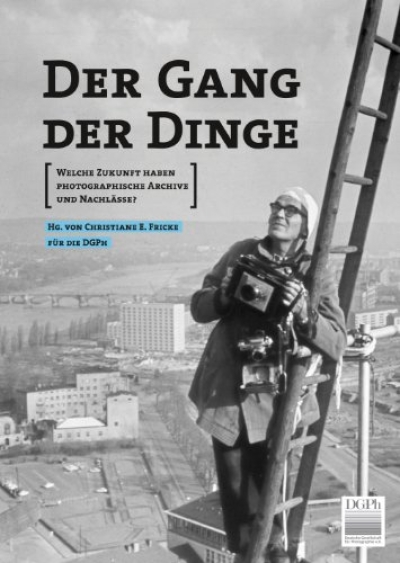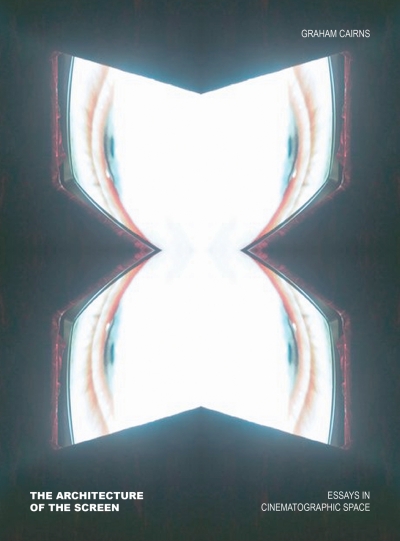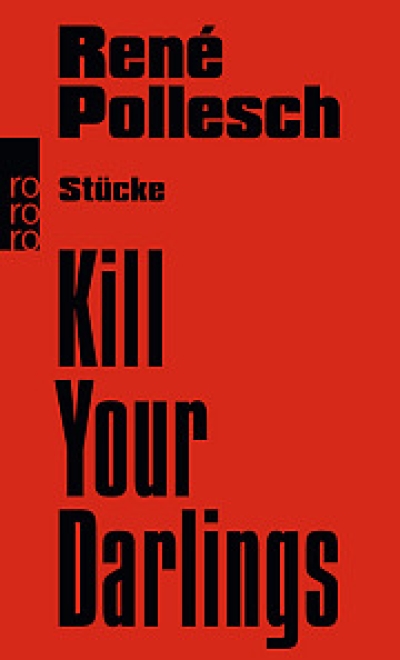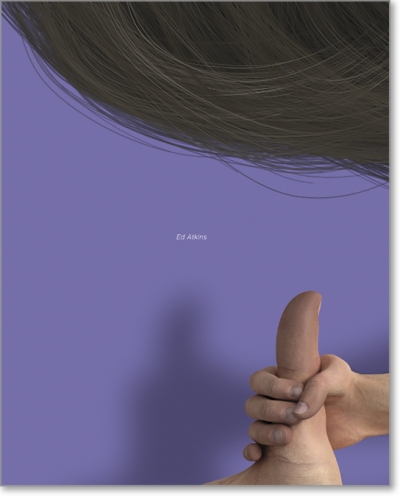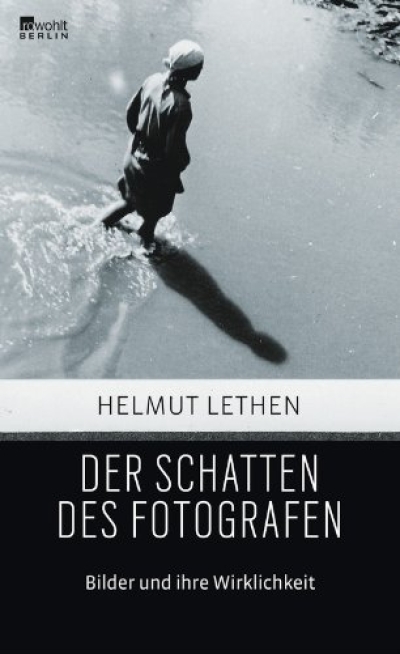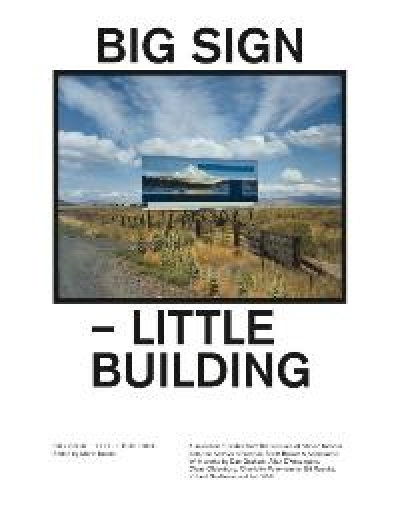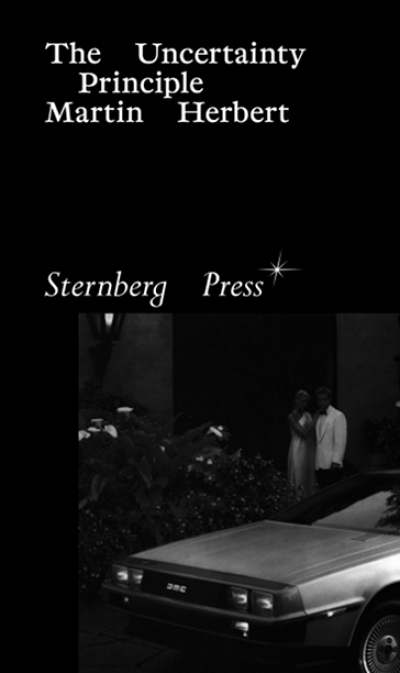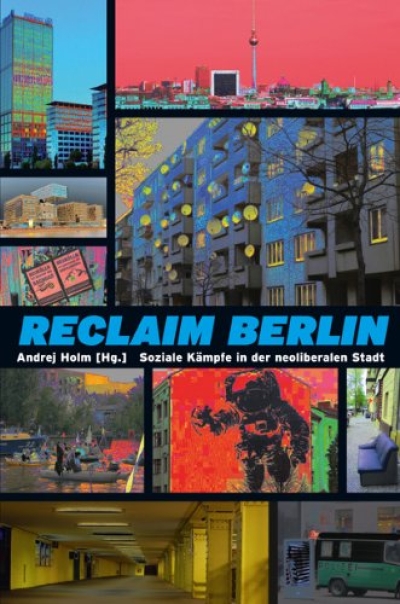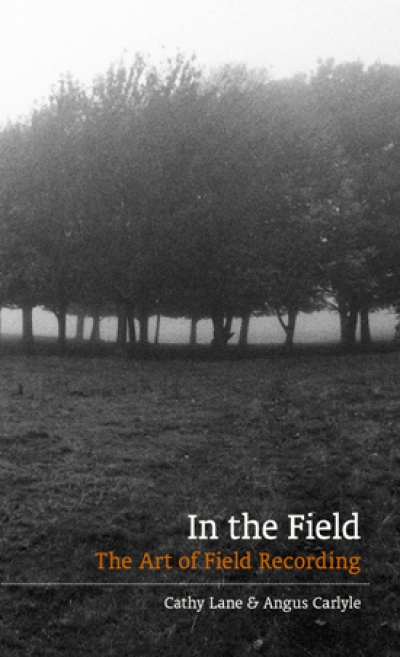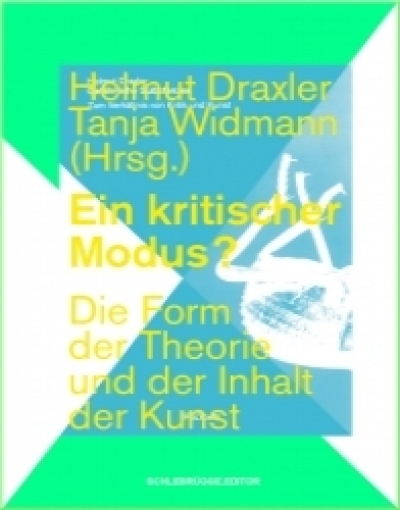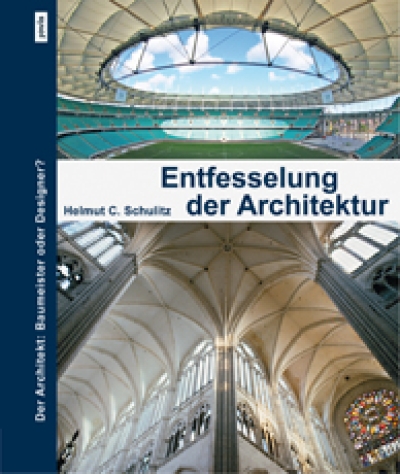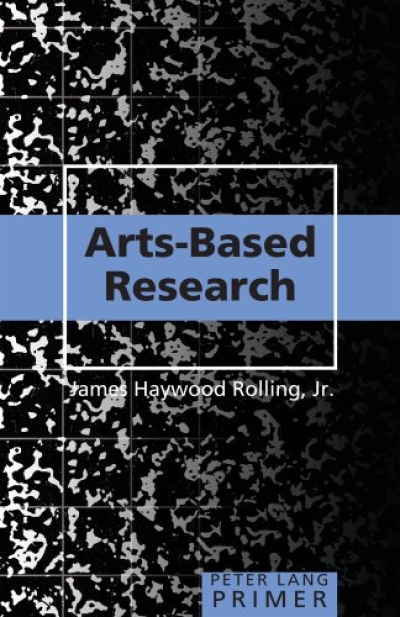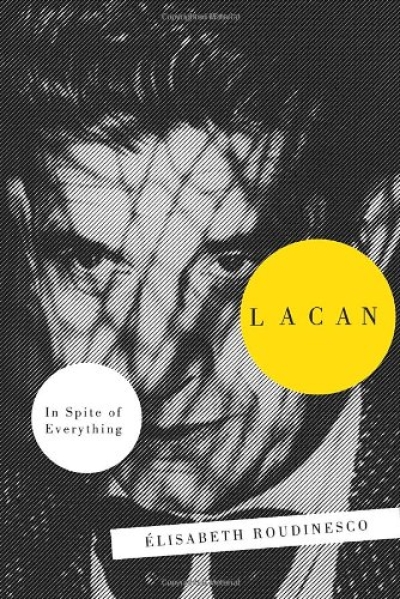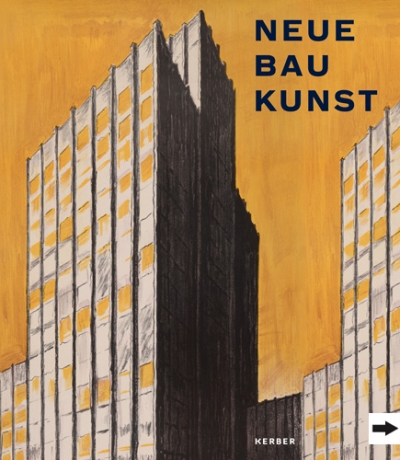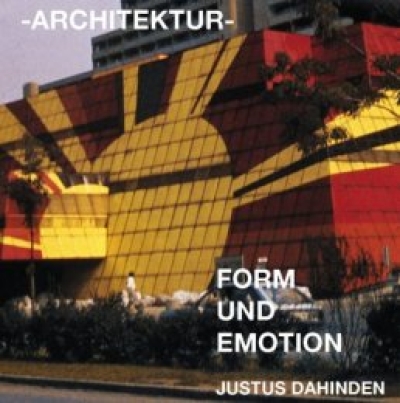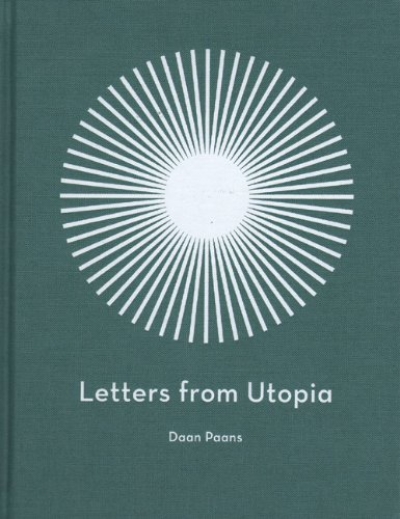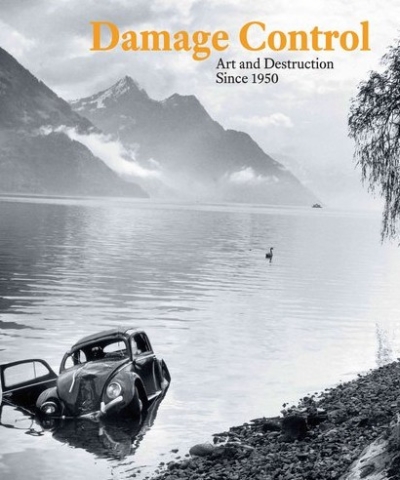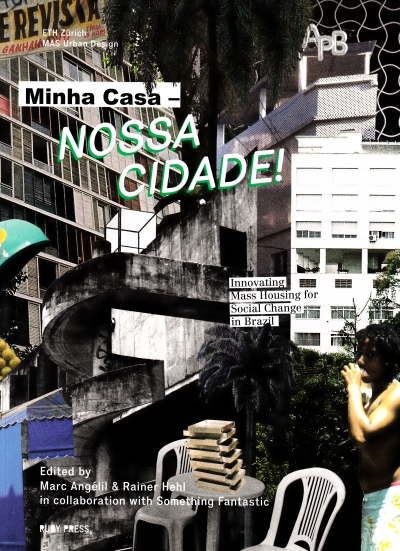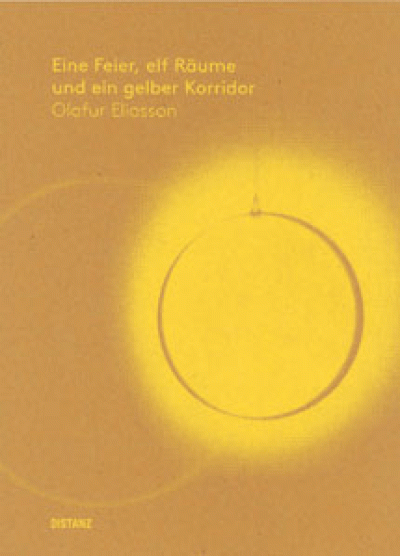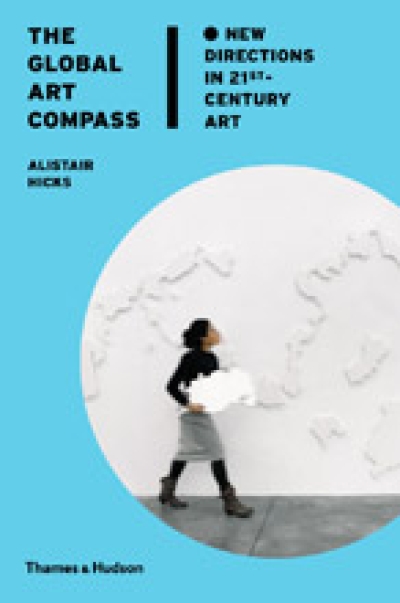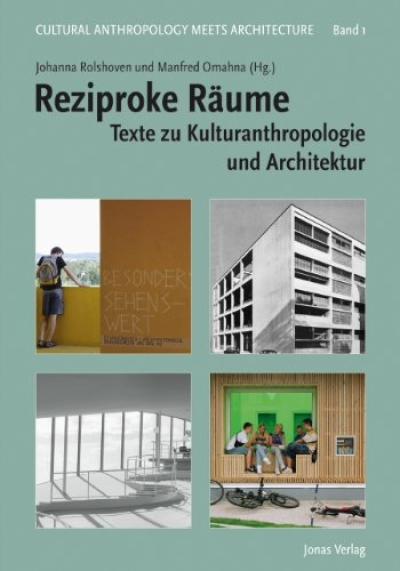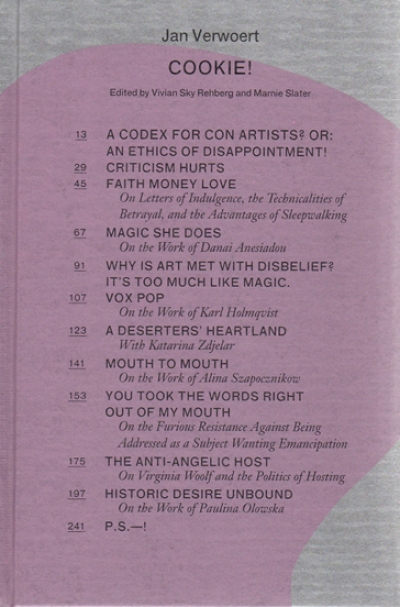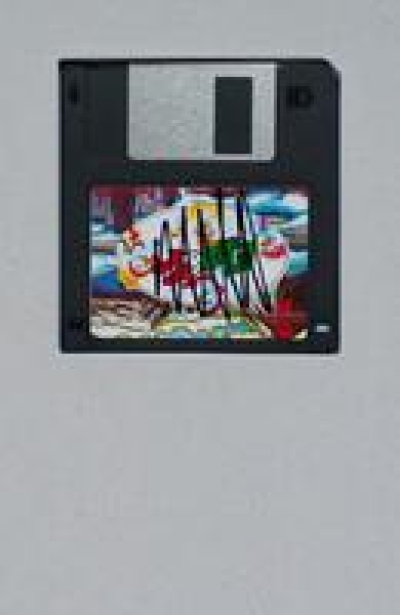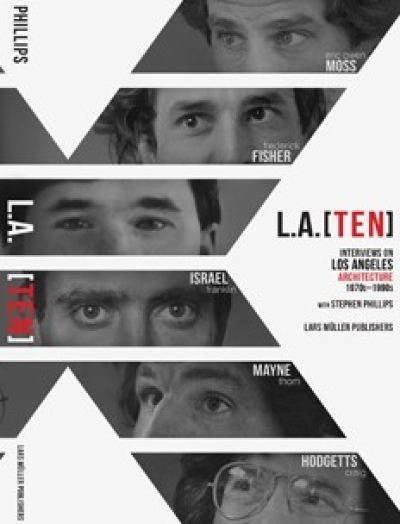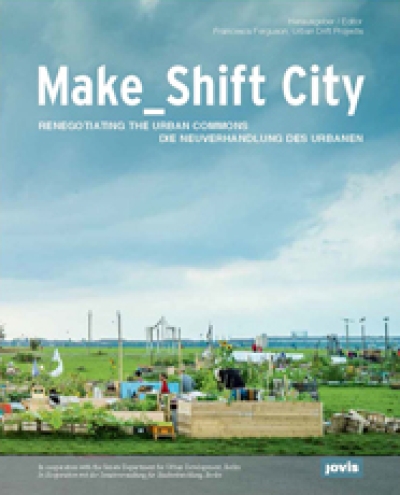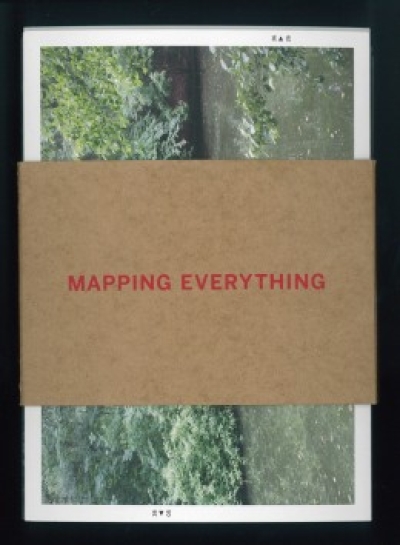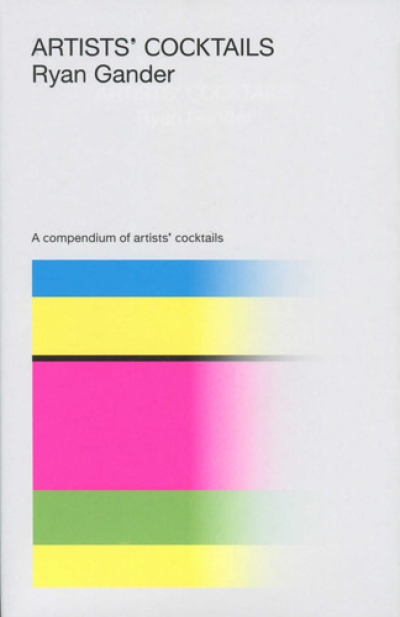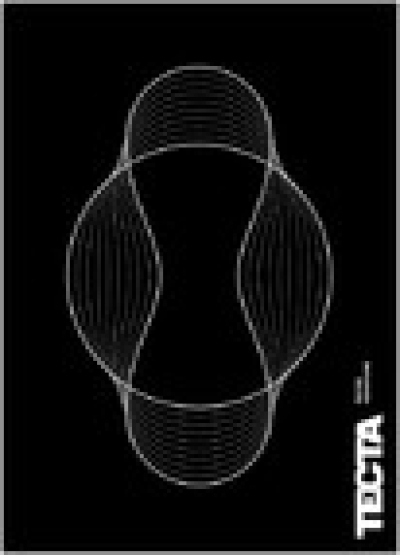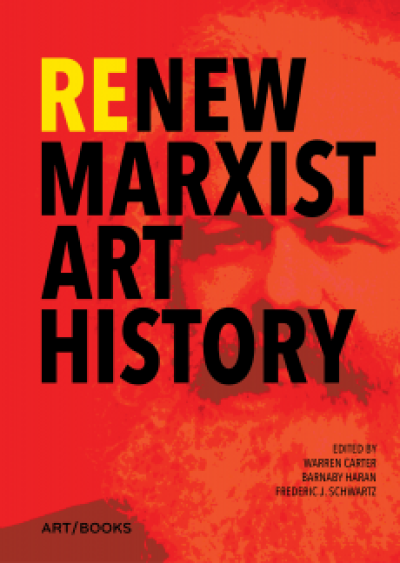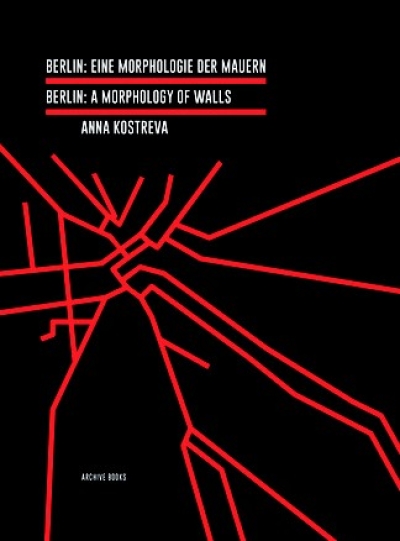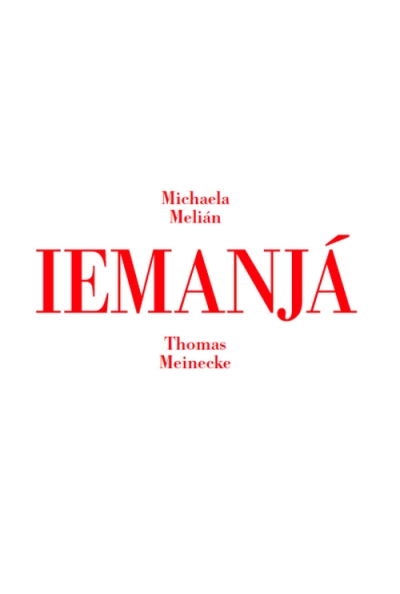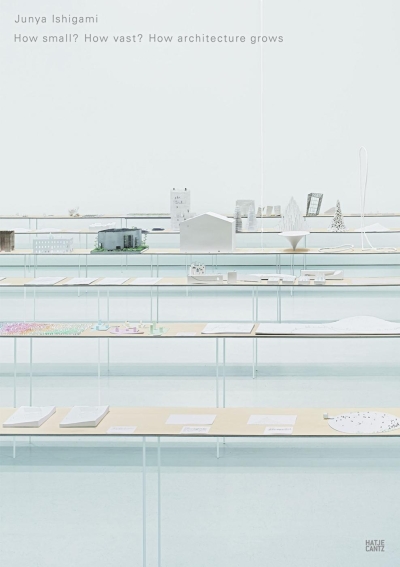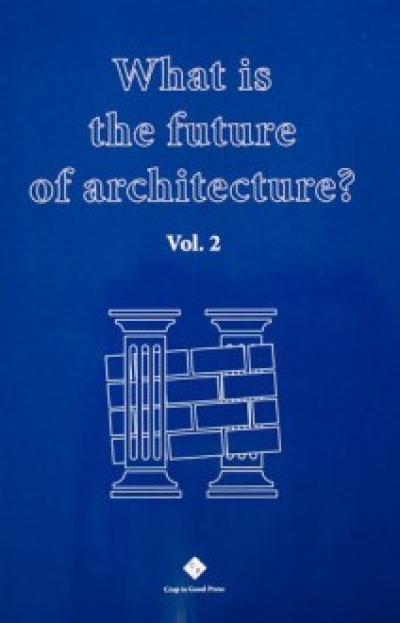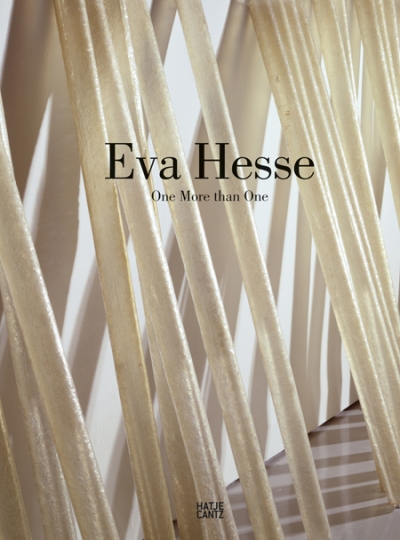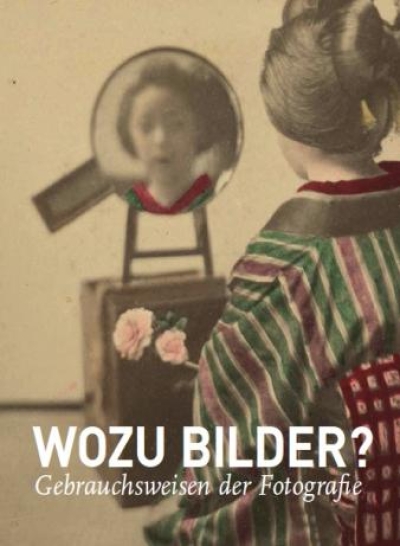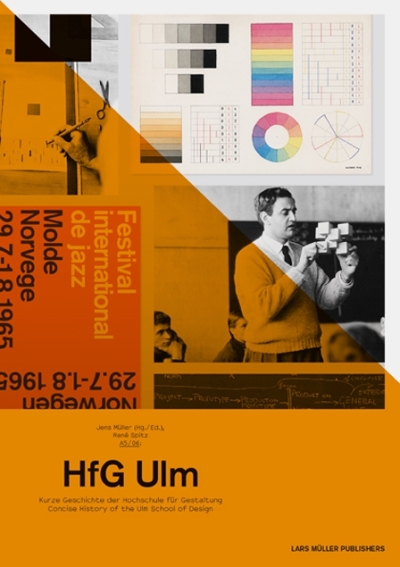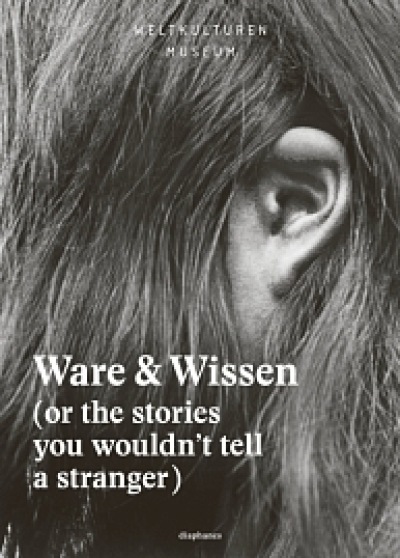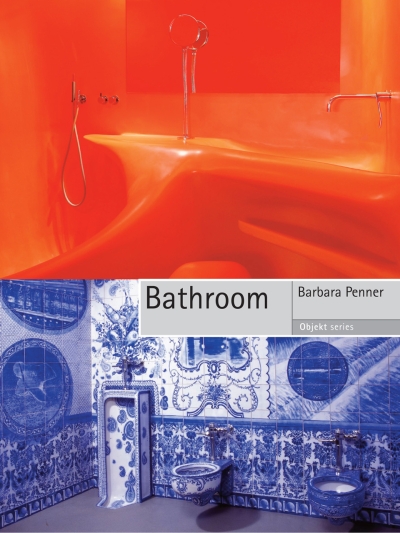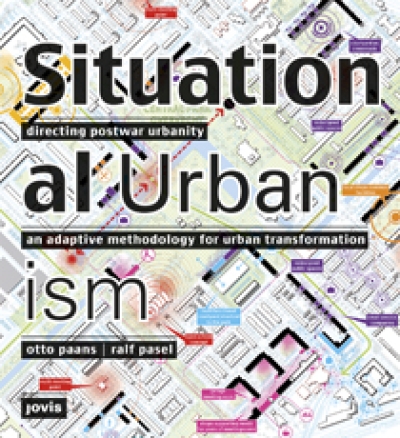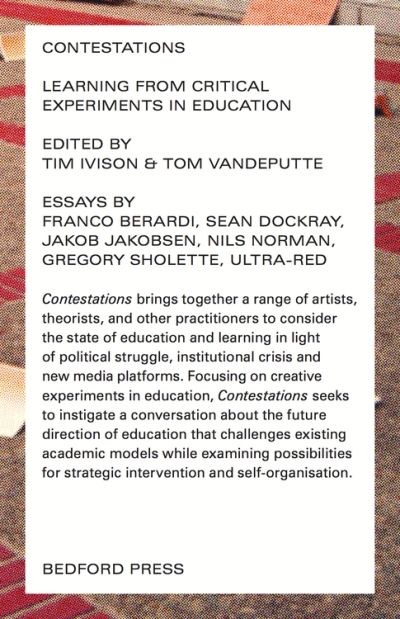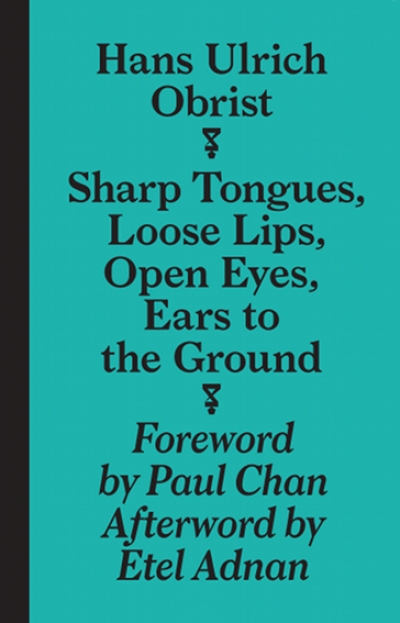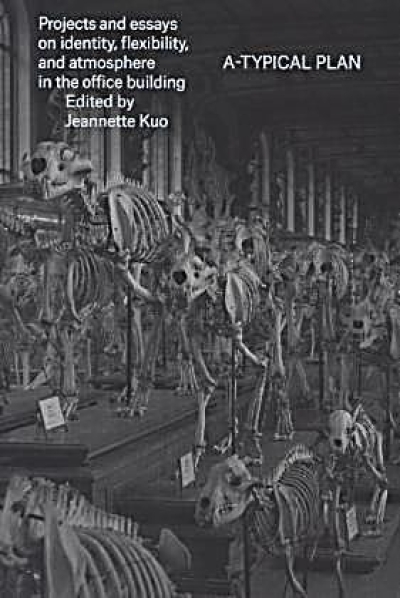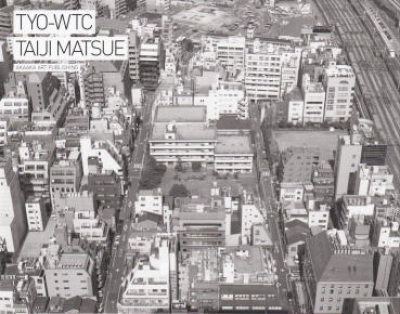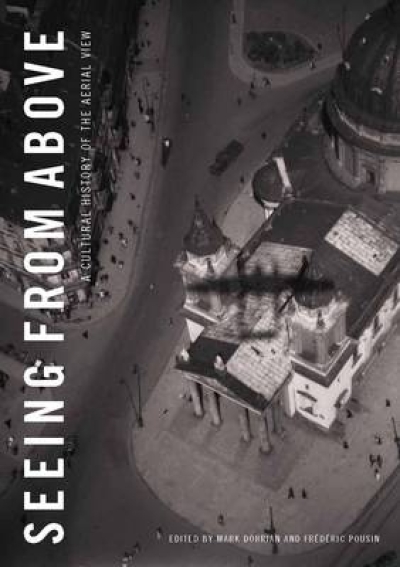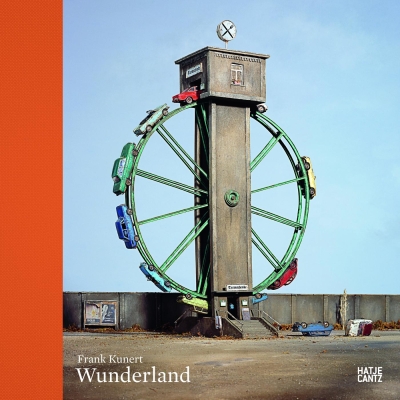Matt Ratto, Megan Boler (Eds.)
DIY Citizenship. Critical Making and Social Media
Gilles Rouffineau (Ed.)
Passing On History. Design Contribution To Knowledge…
Zeuler R. M. de A. Lima
Lina Bo Bardi
Jacques Sbriglio
Le Corbusier et la question du brutalisme. LC au J1
Kaja Grobe, Karin Kreuder
Always the Same Faces. Aus dem Alltag philippinischer…
Christoph Tannert (Hg.)
Berlin Art Scene
Clog
Miami
Andreas van Dühren (Hg.)
TEXT Gespräche
Dario Azzellini, Marina Sitrin
They Can't Represent Us! Reinventing Democracy from…
James Langdon
A School for Design Fiction
Valentin Groebner
Wissenschaftssprache digital. Die Zukunft von gestern
Deyan Sudjic
B is for Bauhaus. An A-Z of the Modern World
Andy Merrifield
The New Urban Question
Hans Ulrich Obrist
Ways of Curating
Stine Omar, Max Boss, Andy Grier
SMAREAZY 001 12"EASTER, Champagne 121212 / Children…
Anke Westermann
Anke Westermann. Atlas
Nina Möntmann (Ed.)
Schöne Neue Arbeit / Brave New Work. Ein Reader zu Harun…
Christiane E. Fricke (Hg.)
Der Gang der Dinge. Welche Zukunft haben photographische…
Emil Ruder
Fundamentals
Graham Cairns
The Architecture of the Screen
Andrej Holm
Mietenwahnsinn
René Pollesch
Kill Your Darlings
Giorgio Maffei
Records By Artists. 1958-1990
Beatrix Ruf, Julia Stoschek, Thomas D.…
Ed Atkins
Helmut Lethen
Der Schatten des Fotografen
Marta Kuzma (Ed.)
Big Sign - Little Building
Martin Herbert
The Uncertainty Principle
Andrej Holm (Hg.)
Reclaim Berlin. Soziale Kämpfe in der neoliberalen Stadt
Cathy Lane, Angus Carlyle
In the Field. The Art of Field Recording
Diedrich Diederichsen
Über Pop-Musik
Helmut Draxler, Tanja Widmann (Hg.)
Ein kritischer Modus? Die Form der Theorie und der Inhalt…
Helmut C. Schulitz
Entfesselung der Architektur. Der Architekt: Baumeister…
James Haywood Rolling Jr.
Arts-Based Research
Elisabeth Roudinesco
Lacan. In Spite Of Everything
Claudia Quiring, Andreas Rothaus,…
Neue Baukunst. Architektur der Moderne in Bild und Buch
Justus Dahinden
Architektur - Form und Emotion. Architecture - Form and…
Judith Butler, Athena Athanasiou
Die Macht der Enteigneten. Das Performative im Politischen
Matt Mullican
Editions 1985-2012
Daan Paans
Letters from Utopia
Marcus Quent, Eckardt Lindner (Hg.)
Das Versprechen der Kunst
Kerry Brougher
Damage Control. Art and Destruction Since 1950
Armen Avanessian (Hg.)
Realismus Jetzt: Spekulative Philosophie und Metaphysik für…
Marc Angelil, Rainer Hehl (Eds.)
Minha Casa-nossa Cidade. Innovating Mass Housing In Brazil
Olafur Eliasson
Eine Feier, elf Räume und ein gelber Korridor
Archivist
Three Faces. Archive Chalayan
Alistair Hicks
The Global Art Compass
Manfred Omahna, Johanna Rolshoven (Hg.)
Reziproke Räume. Texte zu Kulturanthropologie und…
Jan Verwoert
COOKIE!
Martin Conrads, Franziska Morlok (Ed.)
War postdigital besser?
Stephen Phillips (Ed.)
L.A. [Ten]. Interviews on Los Angeles Architecture, 1970–…
Andrew Hemingway
The Mysticism of Money
Ljiljana Kolešnik (Ed.)
Socialism and Modernity. Art, Culture, Politics 1950 – 1974
Sascha Peters
Materialrevolution 2. Neue nachhaltige und multifunktionale…
Francesca Ferguson, Urban Drift…
Make Shift City. Renegotiating the Urban Commons
CTM 2014 Festival Magazine
Dis Continuity
UDK, ETH (Ed.)
Mapping Everything
Ryan Gander
Artists’ Cocktails
Tecta
Flying Furniture
Warren Carter, Barnaby Haran, Frederic…
ReNew Marxist Art History
Birkenstock, Kastner, Sonderegger (Eds.)
Kunst und Ideologiekritik nach 1989 / Art and the Critique…
Yilmaz Dziewior (Ed.)
Liebe ist kälter als das Kapital. Love is colder than…
Anna Kostreva
Berlin. Eine Morphologie der Mauern. A Morphology of Walls
Emmett Williams
An Anthology of Concrete Poetry
Michaela Melián / Thomas Meinecke
IEMANJÁ
Junya Ishigami
How Small? How Vast? How architecture grows
Pieterjan Grandry
The Future of Architecture. What is the future of…
Beatriz Colomina
Manifesto Architecture. The Ghost of Mies
Jens Müller (Ed.)
Rolf Müller
Gill Perry
Playing at Home. The House in Contemporary Art
Jennifer A.E. Shields
Collage and Architecture
Gaßner, Kölle, Roettig (Ed.)
Eva Hesse. One More Than One
Andreas Baur, Bernd Stiegler, Felix…
Wozu Bilder? Gebrauchsweisen der Fotografie
Kim Gordon
Is It My Body? Selected Texts
René Spitz
A5/06. HfG Ulm
Petra Reichensperger (Ed.)
Begriffe des Ausstellens (von A bis Z). Terms of Exhibiting…
Torsten Blume, Christian Hiller (Hg.)
Mensch - Raum – Maschine. Bühnenexperimente am Bauhaus
Clémentine Deliss, Yvette Mutumba (Hg.)
Ware und Wissen: or the stories you wouldn’t tell a stranger
Richard Birkett (Ed.)
and Materials and Money and Crisis
Barbara Penner
Bathroom (Objekt series)
Otto Paans, Ralf Pasel
Situational Urbanism. Directing Postwar Urbanity
Tactical Technology Collective
Visualising Information for Advocacy
Emma Lavigne
Pierre Huyghe
Alessandro Petti, Sandi Hilal, Eyal…
Architecture after Revolution
Phil Pasquini
Domes, Arches and Minarets. A History of Islamic-Inspired…
Tracey Thorn
Bedsit Disco Queen. How I Grew Up and Tried to be a Pop Star
Tim Ivison, Tom Vandeputte (Hg)
Contestations. Learning from Critical Experiments in…
IDEA Magazine
IDEA 362. Poetics of Graphic Language. Contemporary…
Hans Ulrich Obrist
Sharp Tongues, Loose Lips, Open Eyes, Ears to the Ground
Jeannette Kuo (Ed.)
A-Typical Plan
Taiji Matsue
Tyo-WTC
Anna Feigenbaum, Fabian Frenzel,…
Protest Camps
Christopher Burke, Eric Kindel, Sue…
Isotype. Design and Contexts, 1925–1971
Mark Dorrian, Frederic Pousin (Eds.)
Seeing from Above. The Aerial View in Visual Culture
Gianni Politi
The Ritual of the Snake
Frank Kunert
Wunderland
Andrew Hemingway
The Mysticism of Money. Precisionist Painting and Machine…
Karl-Siegbert Rehberg, Paul Kaiser (Hg.)
Bilderstreit und Gesellschaftsumbruch. Die Debatte um die…
Neil Brenner (Ed.)
Implosions / Explosions. Towards a Study of Planetary…



